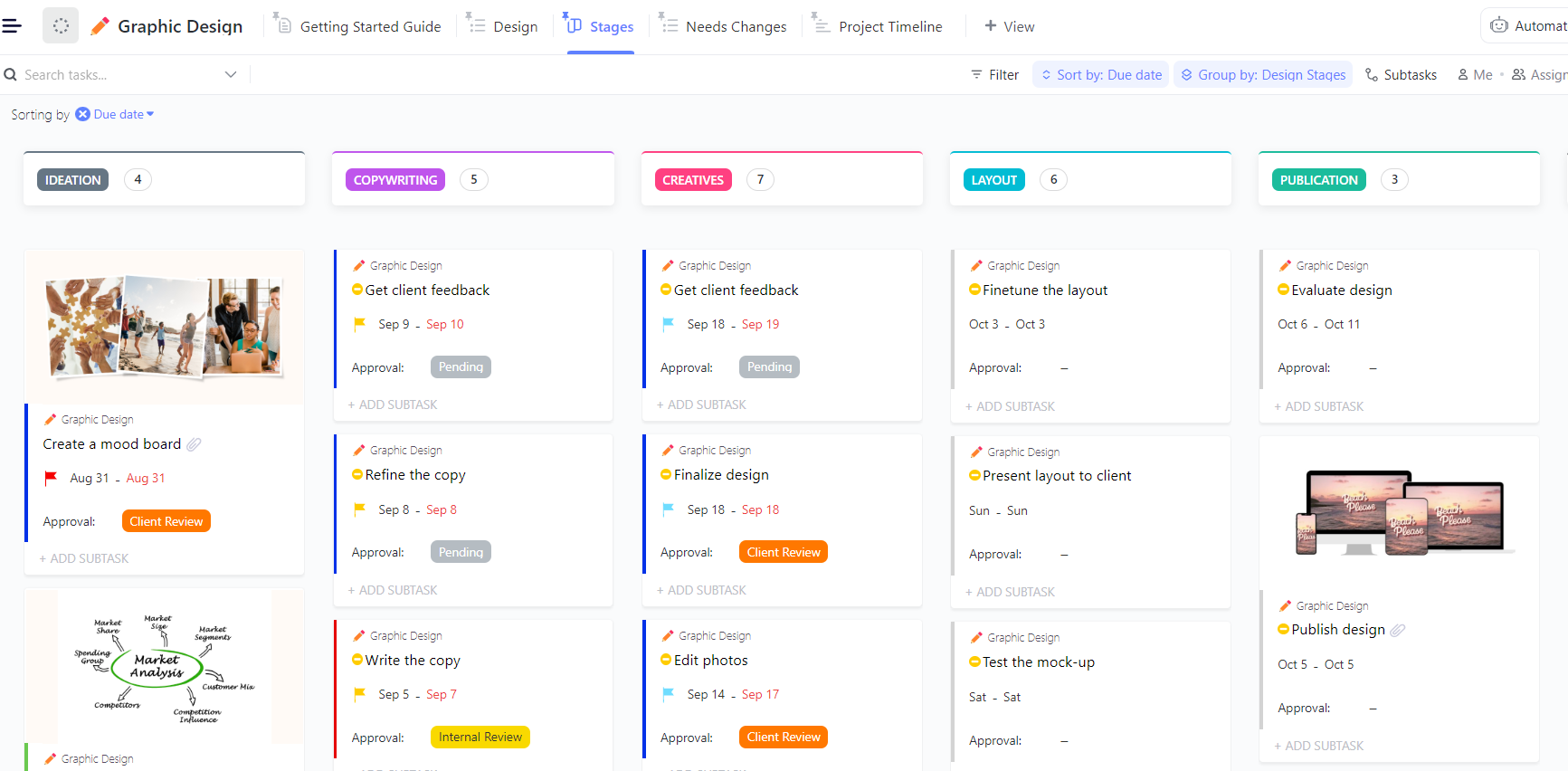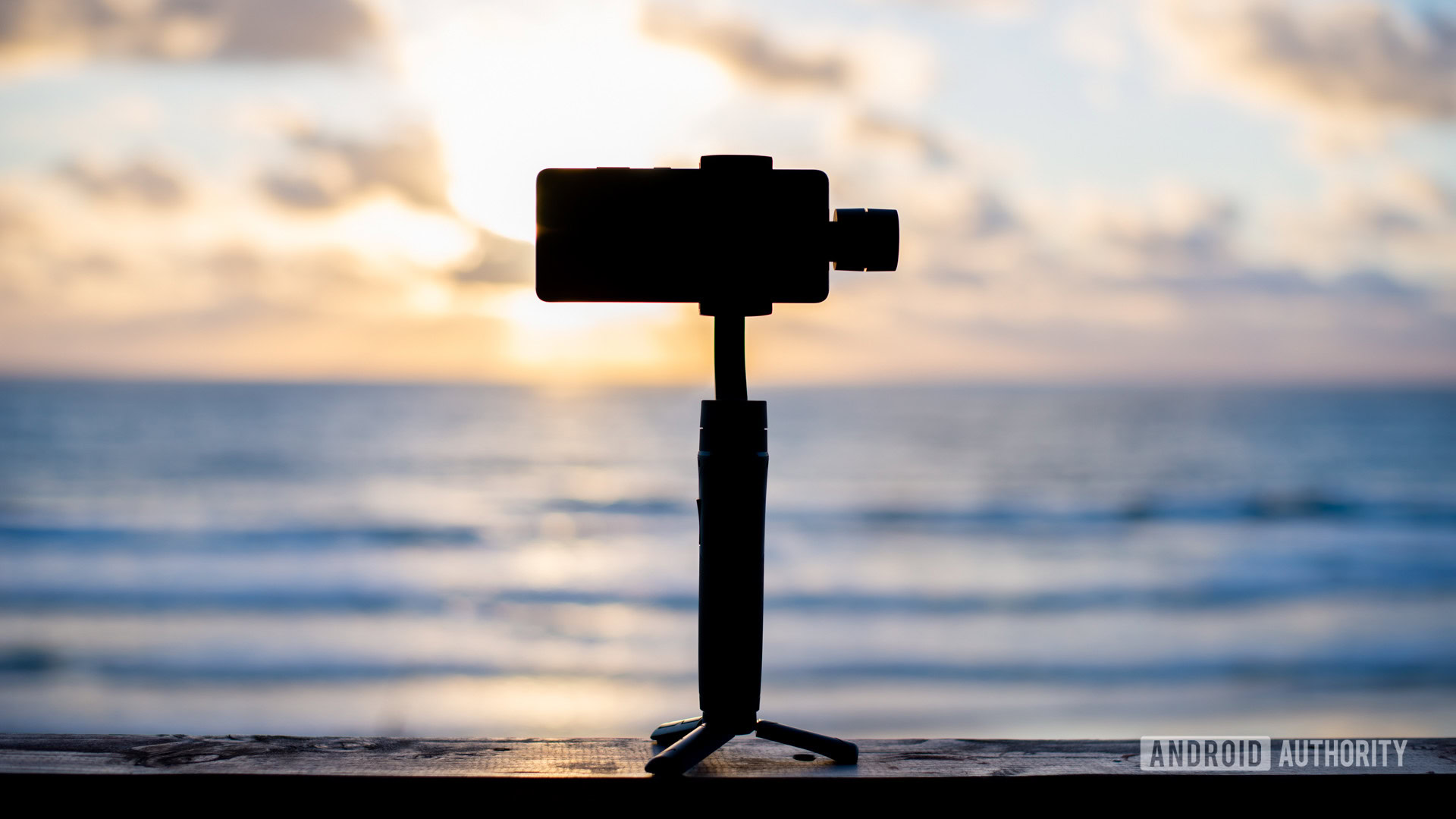We already said it in 2022: China is hungry for fish. So much, that they have been accused of cleaning the half -world folders. FAO says that almost a third of tons produced by world fishing are related to China and hundreds of Chinese fishing have already been seen sweeping the waters of Peru. Beyond fishermen, Chinese shipyards are building huge ships focused on the breeding of fish on the high seas, equipped with the latest technology and hope: to help satisfy that appetite for fish.
And they are so big that one of them has been nicknamed “fish breeding aircraft carrier.”
Wan Qu Ling Ding. This is the first protagonist. Botado successfully on May 27 (something that North Korea could take note), the Wan Qu ling ding is the next great step of the aquaculture industry in China. As we read in China Daily, Shipyard Jiangmen Hangtong Shipbuilding Co. will deliver the ship to Zhuhai Ocean Development Group Co. in August and it will be then when this mole of 155.8 meters long and 44 meters wide can start producing.
Beyond its dimensions, what attracts attention are breeding pools. It has 12 independent compartments and has a capacity of 80,000 m³. This is equivalent to 32 Olympic swimming pools and this floating fish farm is expected to produce between 3,000 and 5,000 metric tons of fish every year. It is what a land fish farm of 3.33 million m² would do.

In WorldOfSoftware
We are drugping the salmon with cocaine and anxiolytics. And that is causing them to behave strangely
Intelligent aquaculture. The objective is that the ship focuses on the breeding of species of high value in the Chinese market, such as the golden dove, the seriola or the mere, and will be a support for both internal consumption and tourism. To its dimensions and breeding capacity is added a water exchange system with the maritime zone in which it is located, something that helps increase the quality of the fish.
Each of the compartments has a system of sensors and automatisms that control everything. It has automatic food systems, but also something very curious. The swimming pools are semi -submersed in marine water and, if they detect abrupt changes in water or pollution, those ‘pools’ rise to reduce water resistance and that the ship can quickly move to safer waters.
Almost total autonomy. Beyond their breeding capabilities, what attracts attention is autonomy. According to those responsible, electrical propulsion allows something they have called “autonomous maritime nomadism.” It has 2,000 nautical miles of autonomy and systems to navigate autonomously, avoiding natural disasters such as typhons.
You can also select the best waters of the breeding at all times and have equipped the WAN qu ling ding with a 20 kW wind generation system that can cover the entire electricity consumption of aquaculture systems. In this video we can see the Automatic and Water Filter system of a similar ship, the Guoxin-1:
On you have no. 1. Almost in parallel, the Huangpu Wenchong shipyard of Guangzhou has built what they say is the first ship in the world dedicated exclusively to salmon breeding. His Hai No. 1 is a huge 250 -meter length ship and specializes in salmon breeding. As in the wan qu ling ding, it has sensors and automatisms to quickly relocate in safer waters to avoid pollution and, after a first test in April, it is expected to start working in June.
Salmon independence. Its production capacity is imposing: up to 8,000 tons per year, with the ability to deliver fresh salmon already processed in some national markets in 24 hours thanks to the built -in plant. And, even if it may not seem like it, this is the Hai No. 1 is of vital importance in Chinese geopolitics.
The reason? As we read in SCMP, it is estimated that more than 80% of salmon by Chinese consumers depends on imports. In 2024, 100,000 tons imported and the 200,000 tons are expected to exceed 2030. Therefore, with large aquaculture ships, China seeks to independent their fish supply and stabilize that chain in an international panorama that, as tariffs are demonstrating us, commercial relations can be truncated at any time.

In WorldOfSoftware
And "stable macro" Floating: the ship that transports more than 75,000 sheep through the oceans
And it is something that has become a national strategy, since the Ministry of Agriculture and Rural Affairs of China published in 2023 a series of guidelines to promote marine aquaculture.
Images | SALMAR
In WorldOfSoftware | China and Russia have allied with a clear purpose: the exploitation of the kril while the rest of the world arches the eyebrow
(function() {
window._JS_MODULES = window._JS_MODULES || {};
var headElement = document.getElementsByTagName(‘head’)(0);
if (_JS_MODULES.instagram) {
var instagramScript = document.createElement(‘script’);
instagramScript.src=”https://platform.instagram.com/en_US/embeds.js”;
instagramScript.async = true;
instagramScript.defer = true;
headElement.appendChild(instagramScript);
}
})();
–
The news
There is so many demand for fish in China that has opted for drastic measures: two “aircraft carrier” as a hatchery
It was originally posted in
WorldOfSoftware
By Alejandro Alcolea.












